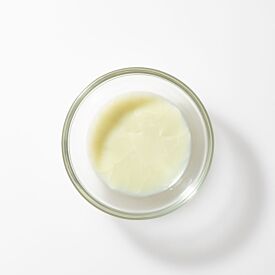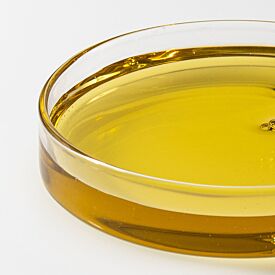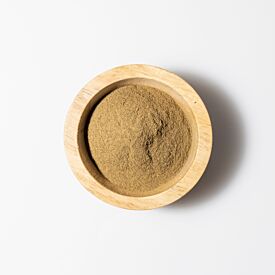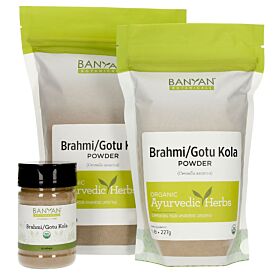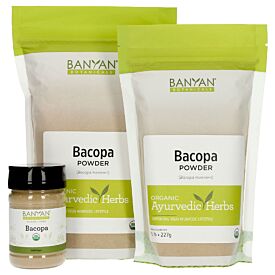Growing Brahmi/Gotu Kola
Brahmi (Centella asiatica), also known as gotu kola, is one of the most powerful brain tonics in the Ayurvedic pharmacopoeia. It has been used in Asia for thousands of years as a medicine and a delicious leafy vegetable. This luscious green herb is a favorite in helping to improve mindfulness, revitalize consciousness, and maintain a sharp intellect.
Some well-known brahmi/gotu kola benefits include supporting healthy circulation to the brain and promoting cognitive functioning, such as memory and concentration.
Additionally, as a natural blood purifier and nervine, gotu kola is particularly supportive in soothing mild skin irritations caused by stress.
The Brahmi/Gotu Kola Plant
Gotu kola is a small creeping herb native to Asia and naturalized in other parts of the world, including Africa and the US. A water-loving plant, it is often found growing along streams and irrigation ditches. It’s also commonly seen growing in rice paddy fields, as well as in the boggy areas that accumulate around water pumps in Indian villages.
Interestingly, this plant’s distinctive, round leaves are often described as “brain-shaped,” which conforms with the “doctrine of signatures”—a fascinating (though not necessarily Ayurvedic) idea that herbs treat the body part they resemble.
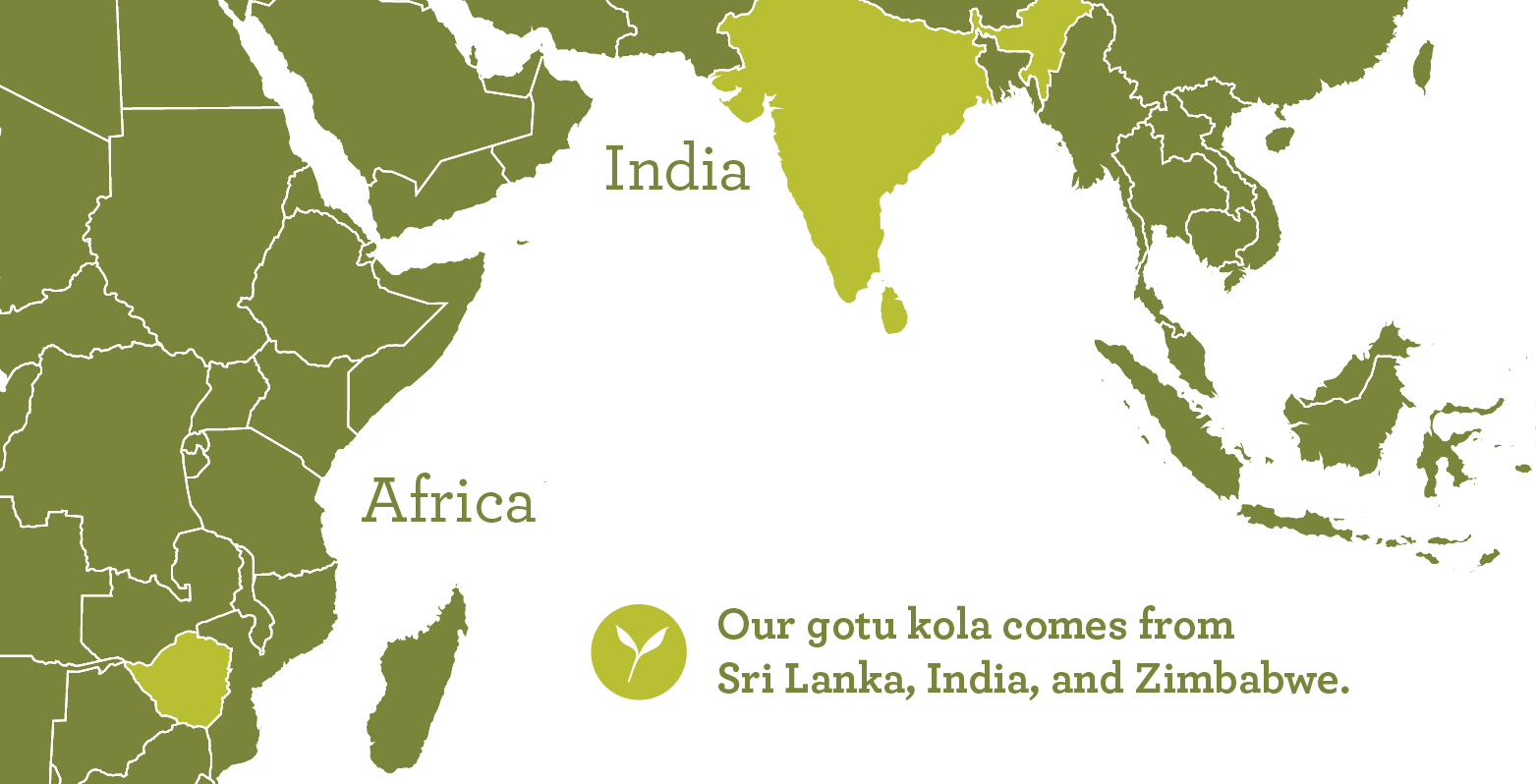
The Origins of Banyan’s Gotu Kola
Over the years, we have sourced our gotu kola from Sri Lanka, India, and Zimbabwe.
Sri Lanka has a very well-established tradition of growing gotu kola; it is in high demand for one of Sri Lanka’s most popular health food dishes—the gotu kola sambol (a salad made of finely chopped gotu kola leaves, chili, and other spices).
Another reason that gotu kola is so popular in Sri Lanka is that it thrives in warm, humid climates. It can easily grow in the country’s ubiquitous flood-irrigated rice paddy fields.
While Zimbabwe is less known for gotu kola cultivation, we have found that it produces potent, high-quality leaves.
Most of the gotu kola that comes from India is collected from the wild. This is not a concern from an ecological and sustainable perspective because only the aerial parts (not the plant’s roots) are harvested, and they regenerate quickly.
However, from a quality perspective, wild collection is a risk due to the number of contaminated water sources that may come into contact with a wild-growing plant.
Our partner farm, Panchvati Organic Farm, is a perfect example: a certified organic farm, Panchvati Farm’s focus crop is gotu kola, and they have an abundance of thriving, healthy, organic gotu kola plants—but getting to this point was an endeavor that took perseverance and adaptability.
When Panchvati first began growing gotu kola, they experienced first-hand quality issues due to plants growing in contaminated water. After a reliable source was found, then came the task of learning how to nurture these shade and water-loving plants through the intense summer heat. They have found that gotu kola prefers rich, moist, but well-drained soil. It flourishes during the monsoons and does best when regularly weeded.
When it’s time to harvest, the process is manual. Leaves are picked, sorted, and washed by hand, then dried until they are crunchy. These plants are a labor of love at Panchvati—and in return, their crops yield the highest quality gotu kola.
The Many Names of Gotu Kola
Gotu Kola. The name “gotu kola” comes from Sri Lanka, literally meaning “cone leaf” in Sinhalese, presumably referring to its tendency to curl its leaves into a cone shape.
Mandukaparni. In Sanskrit, gotu kola is known as mandukaparni, which translates as “frog-leaved,” referring to its leaf shape resembling the webbed feet of a frog.
Tiger Herb. In India, gotu kola is sometimes referred to as “tiger herb” because it is said that wounded tigers roll themselves in gotu kola plants.
Brahmi. In some parts of India, this plant goes by the name “brahmi.” Because of this, it is often confused with another herb that supports cognitive function, bacopa (Bacopa monnieri). The two herbs are not related, and they do not look similar. Still, in India, they are both known as brahmi, which causes the confusion.
Banyan Botanicals belongs to the school of Ayurvedic thought that brahmi is Centella asiatica, not Bacopa monnieri, which we refer to as simply bacopa.
Whatever you may call it—brahmi, gotu kola, or Centella asiatica—this is a beautiful herb that can support your path to wellness, vitality, and mental acuity.
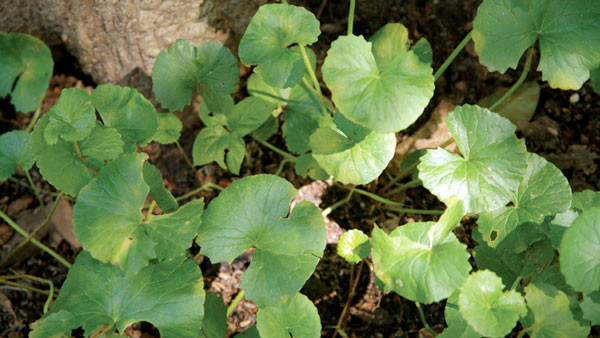 |
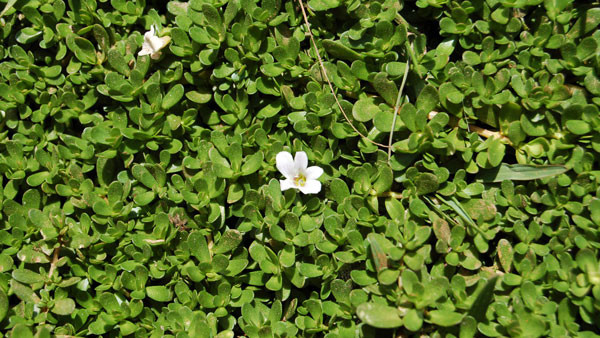 |
|
| The Banyan Name | Brahmi/Gotu Kola | Bacopa |
| Botanical Name | Centella asiatica | Bacopa monnieri |
| Common Names | Brahmi Gotu kola Mandukaparni Tiger herb Kodavan Indian (or Asiatic) pennywort |
Brahmi Bacopa Water hyssop Thyme-leafed gratiola Herb of grace Indian pennywort |
Combining Brahmi/Gotu Kola and Bacopa
While bacopa benefits many of the same areas that brahmi/gotu kola does, these two herbs can also be combined to further support the mind and nervous system.
Banyan offers many products for the mind and memory. Below are some of our favorite formulas that contain both herbs called “brahmi”—gotu kola and bacopa:
Mental Clarity. Mental Clarity tablets encourage a healthy memory, increased concentration, and a high capacity for learning.
Focus Liquid Extract. Focus liquid extract supports balanced cognitive function, especially during stressful situations when the mind can become easily distracted.
I Travel Well Liquid Extract. I Travel Well liquid extract was specially formulated to help the body and mind adapt to the stresses of traveling—particularly through different time zones.
Brahmi Oil. Banyan carries two varieties of this traditional herbal massage oil blend—warming, nourishing Brahmi Oil with Sesame and cooling, soothing Brahmi Oil with Coconut. Both varieties help clear and calm the mind with the help of brahmi/gotu kola and bacopa.



